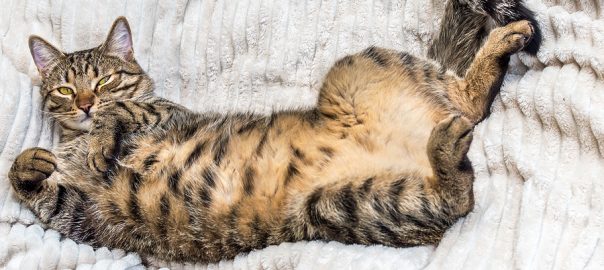If your dog is sneezing, it could be a sign of a serious problem. Here’s how I explained it to a reader whose dog kept sneezing and snorting.
Q: My dog is snorting and sneezing a lot. What could be wrong with him?
A: Problems affecting the canine nose can range from minor to serious. Figuring out what’s causing the problem can take a little detective work.
Rhinitis is an infection of the nasal cavity and can affect dogs of any age. Sinusitis is an infection of the sinuses. Many dogs have a combination of the two and show signs such as sneezing, bloody or mucuslike discharge, or coughing from postnasal drip.
Aspergillus is a type of fungus that can invade the nasal cavity. We see it most typically in young or middle-aged dogs with long or medium-length muzzles. Common signs of this fungal infection are a heavy, mucuslike discharge, discoloration of the nostrils, apparent facial pain and occasionally nasal bleeding.
Dogs that have snuffled up a foreign object into the nose — a bean, a foxtail or even a blade of grass — usually sneeze violently, paw at the nose in a fruitless attempt to remove the item and may have a thick or bloody nasal discharge. Sometimes a veterinarian can remove foreign bodies with tweezers while the dog is sedated or anesthetized, but surgery may be necessary for an object lodged deeply in the nose. Don’t try to remove objects yourself; you may make the problem worse.
Older dogs may develop tumors in the nasal cavity. The tumors may cause sneezing or sniffling, a runny nose or bleeding from one nostril. Some tumors can block airflow, making it difficult for the dog to breathe.
Like any health problem, nasal disease is easiest to treat before it becomes advanced. Nosebleeds, discharge and excessive sneezing aren’t normal. Signs of facial pain include pawing at the face or loss of appetite. Take your dog to the veterinarian at the first sign of irritation of that sensitive snout.
There’s more in Pet Connection, the weekly nationally syndicated pet feature I co-write with Kim Campbell Thornton and my daughter, trainer Mikkel Becker.




